Icon I4 Acute Care 250kg
Icon I4 5-Layered Versatile Pressure Care Mattress
The Icon I4 mattress is a unique 5-layered, high performance static foam mattress designed for individuals at medium risk of pressure injuries.
Incorporated is the Airoform Gel microclimate immersion technology, firm hinged strengthened sides for added support, anti-shearing inner cover and Premiflex Classic premium pressure care outer cover. Known for its versatility in both the long-term care and acute care settings, The Icon I4 mattress offers exceptional support and stability suited to a wide range of patient weights – from 30-250kg.
Features

UNIQUE, 5 LAYERED CORE
- Provides excellent graded postural support and patient comfort
- High specification foam with anti-microbial treatment applied to foam for maximum longevity, performance and core micro-climate
- Excellent core stability to encourage centralised patient positioning to minimise falls risk, entrapment and enhance pressure redistribution

AIRFORM GEL IMMERSION INTERFACE LAYER
- Visco-elastic cell structure provides low-shear surface and effective immersion
- Gel particles work to absorb excessive heat and regulate patient temperature
- Provides enhanced breathability minimising risk of excessive patient heat
- Provides exceptional comfort

AIROFORM MEMORY SECONDARY IMMERSION LAYER – MEDIUM
- High Temperature Stability to deliver consistent immersion, performance and comfort
- Maximises Patient contact with Support Surfaces Providing Pressure
- Alleviates localised pressure points
- Depth calibrated to maximise functionality and patient mobility
- Visco-elastic/Memory Foam cell structure provides low-shear surface
- Firmness: Medium
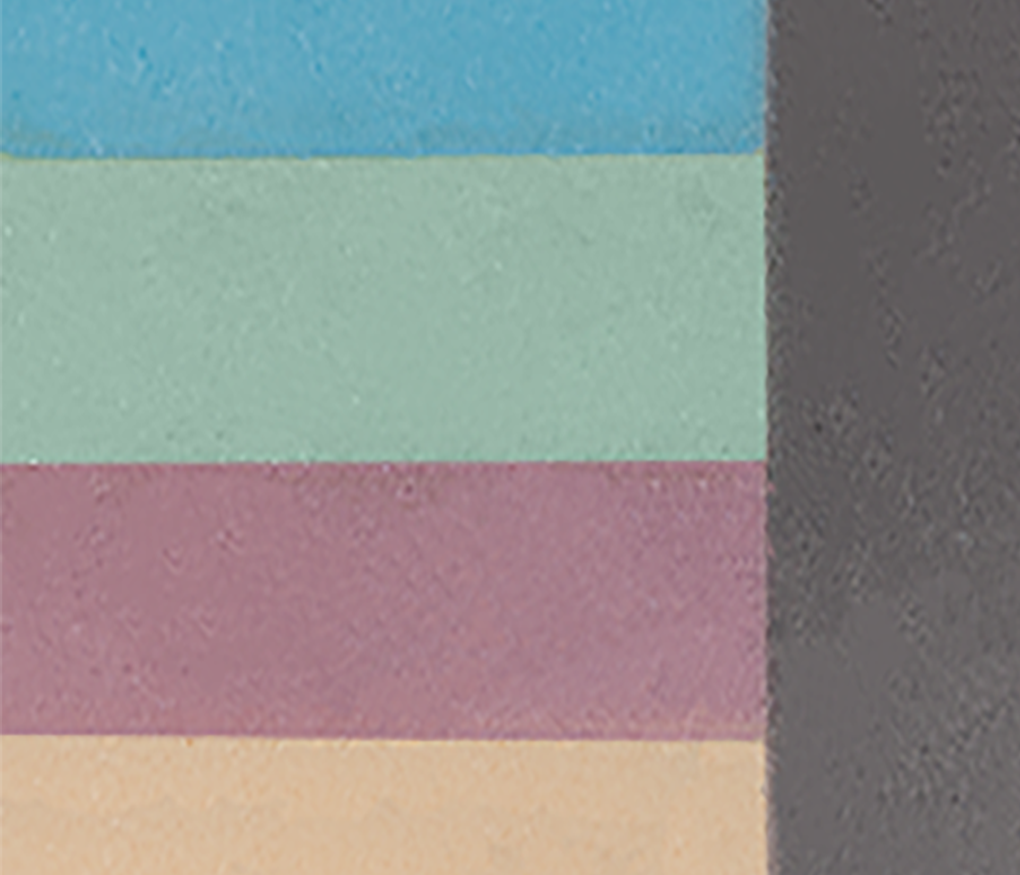
PREMIUM GRADE MID-LAYER
- Open cell high quality foam
- Provides exceptional comfort and postural support for repositioning and patient care

PREMIUM FIRM FOUNDATION LAYERS
- Provides protection against ‘bottoming-out’ during transfer, repositioning and whilst in the inclined/fowler position
- Provides exceptional comfort, support for repositioning and patient care

HINGED STRENGTHENED SIDES
- Increase lateral stability of support surface
- Improves patient safety and encourages central patient positioning
- Make patient transfers easier
- Unique hinge profile reduces foam fatigue and allows the mattress to easily conform to varied bed positions
- Enables ease of primary patient care

SUPER SHEAR INNER COVER
- Anti-Shearing Inner Cover Dramatically reduces shearing forces at the patient interface
- Fine stretch Lycra based material is wrinkle-free and conforms to varied bed positions
- Provides additional protection to the foam core
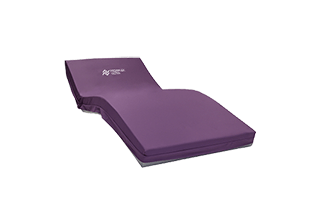
PREMIFLEX CLASSIC PREMIUM PRESSURE CARE COVER
- Premiflex PFPU1100 Pressure Care Polyurethane Upper Material: 4-Way Stretch, Vapour Permeable, Purple
- Heavy Duty PVC Base Material: Durable, 100% Waterproof, Grey
- Infection Control & Compliance: 10,000ppm chlorine based cleaning agent concentration suitability, Inherent Anti-Microbial Protection, Fire retardant, High frequency sealed and welded seams
- Construction: Two-sided / 180° high frequency welded zipper, Zipper waterfall protection flap, High frequency sealed and welded seams
About the Icon I4
5-Layered Versatile Pressure Care Mattress
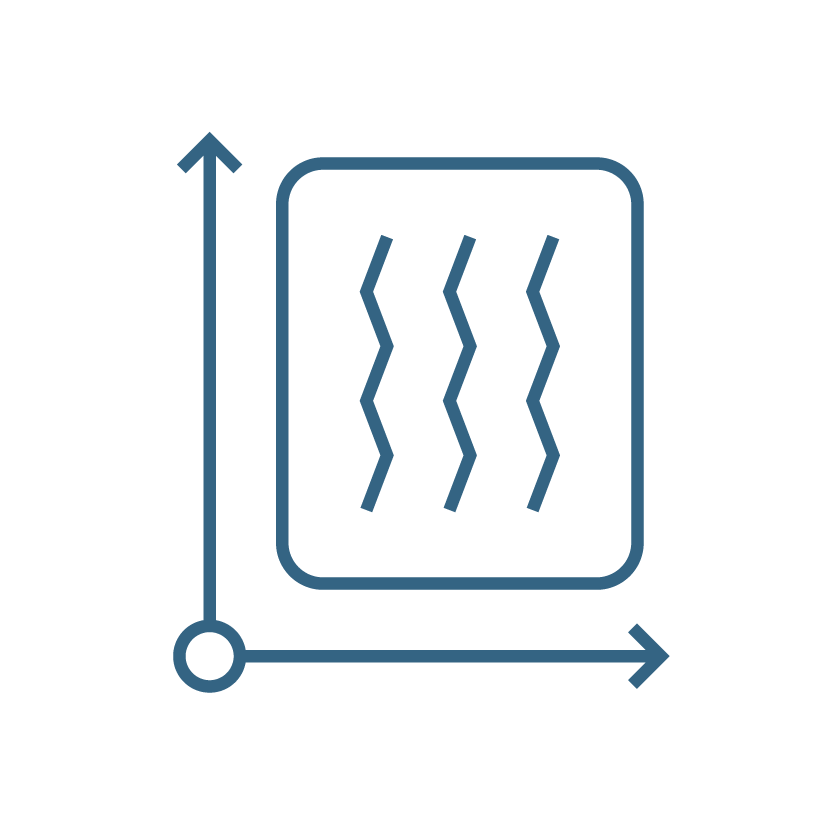
Sheer Mitigation
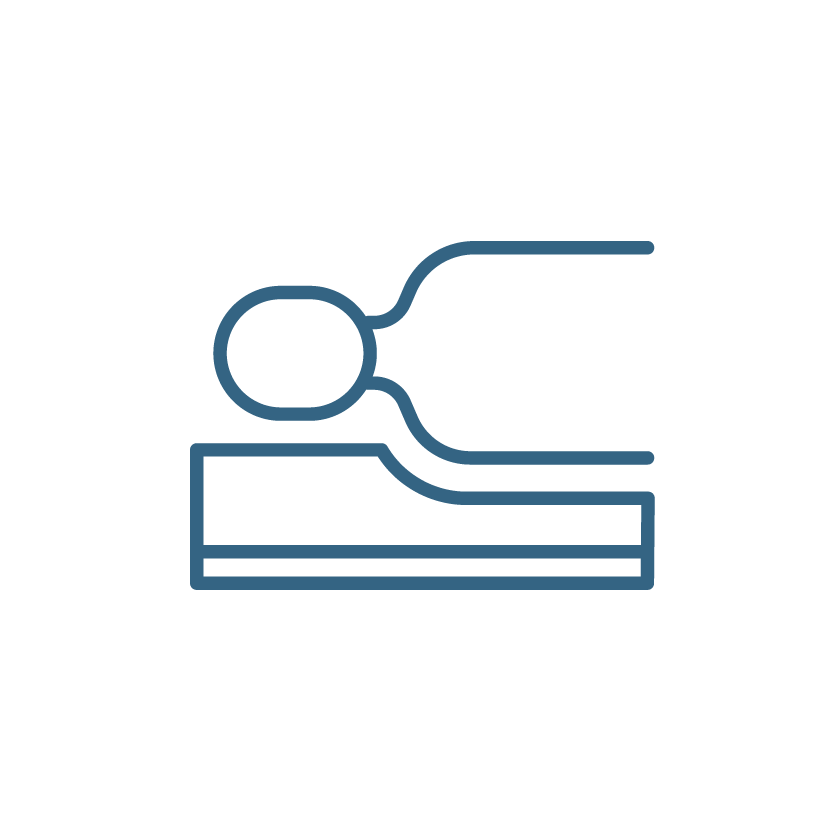
Anatomical Support

Enhanced Breathability

Hospital Grade Technology
MICRO-CLIMATE
Adverse Skin Micro-climate conditions (temperature, humidity and airflow next to the skin surface) can significantly compromise skin integrity and weaken the skin leaving it more vulnerable to its environment. The build-up of moisture and/or heat typically leads to sweating therefore overhydration of this skin. Overhydration and excessive moisture softens the skin and connective tissue which leads to maceration and the breaking down of the elasticity of the skin. This weakening of the skin greatly increases the susceptibility to damage by environmental factors. In addition to this, sweating and overhydration removes natural oils from the skin, which are needed to lubricate and protect the skin.
As such, micro-climate is a risk factor that must be managed to prevent pressure injury occurrence on an at-risk patient, and a support surface is an important tool in managing micro-climate.
The Icon I4 has been designed to manage micro-climate by minimising excessive build-up of heat by drawing heat away from the patient and distributing it through the foam core and out the base.
The following mattress technologies have been used to manage micro-climate:
- Premium foam grades that have a high ‘hot spot’ rating have been selected
- Airoform Gel Immersion Interface – a visco-elastic memory foam with gel particles impregnated throughout. The gel particles absorb heat from the patient.
- Super Sheer Inner Cover – fully breathable anti-shearing system which reduces sheer and friction forces without compromising on the ability of the mattress to manage moisture and micro-climate
- Premiflex Classic outer cover – vapour permeable polyurethane upper material which means moisture can be wicked away from the patient in the form of a vapour
SHEER & FRICTION
There are two types of mechanical loads working against the individual on a support surface – upward pressure, and a force parallel to the skin surface. These parallel forces are called sheer and/or friction.
Friction is surface resistance to relative motion, as of a body sliding or rolling, and the rubbing of the surface on one body against that of another. An example related to our clients would be their skin against the sheets on the bed.
To fully understand the impact of a friction force we must understand what the coefficient of friction means. The coefficient of friction is defined as the ratio of the force required to move two sliding surfaces over each other and the force holding them together. The higher the coefficient of friction, the more aggressively the two surfaces will adhere to each other. The lower the coefficient of friction is, the more easily the two surfaces will slide across each other.
For tissue damage to occur, the coefficient must be at a level high enough to create drag that will injure the superficial layers. Decreased levels of friction allow the surfaces to easily slide across each other. Too much friction and there is no movement at all.
Shear is a different subject that incorporates friction and another force, usually gravity or inertia. Shear is often described as an internal opposing motion of tissue and bone created when a patient is sitting up in bed. Gravity affects all tissues or skin layers, pulling them down in a slow, gradual manner. Simultaneously, the skin interacts with the sheets creating friction. As the bone is pulled down by gravity and the skin is in essence ‘pulled up’ by the sheet, the subcutaneous tissue and muscle are caught in between, literally pulled in opposite directions, leading to shear. This pulling creates stress on the soft tissue layers (fat and muscle) and potentially could lead to tearing of the tissue – depending on how high the shearing force becomes. The greatest stress is also now applied to the two tissues that are the least tolerant of ischemia from the concurrent pressure from sitting. Shearing forces are greater over the sacrum, gluteal and ischial areas of the body.
Both friction and shear are affected by moisture. Dry conditions reduce friction.
How the wound or injury developments in these scenarios –
The force from shear or friction will cause the skin and/or deeper tissues to distort and deform, which will result in strain and stress within the tissue. Excessive internal strains and stresses lead to damage to the cell structures such as the cytoskeleton and may hinder transport processes within the tissues such as reducing blood perfusion.
An effective pressure reducing support surface must reduce both shear and friction forces, as well as manage moisture, to reduce the risk of pressure injuries.
The Sovereign S6 has been designed to reduce sheer & friction forces by using the following mattress technologies:
- Super Sheer Inner Cover – high stretch lycra cover that sits below the outer cover to act as a buffer between the friction or shearing force exerted by movements in the support surface and the individual. As such, instead of the mattress cover (which is usually a polyurethane – a high coefficient of friction) rubbing against the client’s skin when they are changing position in bed, the mattress cover rubs against the inner cover, and the client can slide with minimal frictional or shearing forces. It is important to note that the Super Sheer cover is fully breathable to ensure the micro-climate is managed.
- Premiflex Ultra Outer Cover – made from a four-way stretch polyurethane. Pressure care covers must have a minimum of two-way stretch to reduce the coefficient of friction and the potential forces of shearing & friction.
- Hinged strengthened sides – the firm strengthened sides have been engineered to have hinges located in the knee and back break to allow the mattress to conform easily to a profiling bed. Without these hinges, the mattress will create friction when profiling.
- All micro-climate management related features also reduce tension and the risk of shear/friction related injuries

VERSATILITY GRADED FOAM CORE
The Icon I4 mattress is one of the most versatile mattresses within the Forté range from both a clinical and comfort aspect.
It is the complex combination of specific foam types and densities that makes a static support surface. More specifically, comfort is achieved on a support surface through grading and the use of different densities of foam, for example, whether the overall surface has a ‘plush’ feel.
A foam mattress is generally designed is with multiple layers of different foams. Typically, layers are graded starting with the softest foam at the interface and getting firmer until the firmest foam is the foundation layer. The more layers or grades you have, the more comfortable the mattress, as each density merges into each other, and it prevents the chance of a sensitive individual feeling the change in foam densities.
With five layers of graded density foams, the Icon I4 mattress is a particularly comfortable mattress.
The Icon I4 mattress has been designed to be used for individuals with a medium to high risk of developing a pressure injury. The I4 model provides the highest level of pressure care within the Forté Icon range. It is also the only mattresses within the Icon range to have the Premiflex cover as standard, as well as a Super Sheer Inner Cover.
In addition, the therapeutic weight capacity of an Icon I4 is from 30kg to 250kg. This broad weight range means the mattress is suitable for a wide variety of individuals.
The Icon I4 mattress can be customised in size to suit any bed platform.
With such versatility, the Icon I4 mattress is a favourite for facilities. Facilities often choose to upgrade the cover to the Premiflex Ultra cover.
REACTIVE SUPPORT SURFACES; PRESSURE REDISTRIBUTING STATIC FOAM
A Reactive support surface is a powered or non-powered support surface with the capability to change its load distribution properties only in response to an applied load. Reactive support surfaces may be powered (active) or nonpowered (static). In comparison to an alternating pressure relieving mattress, reactive surfaces provide a constant low-pressure profile whereby the pressure at every contact point is reduced. The patient can be immersed and enveloped by the surface which increases the area of contact with the patient’s body and the reactive support surface.
Reactive support surfaces come in many different types including:
- Foam – mattress composed of foam or layers of foam with different densities and shapes. For example, Forté Icon Medium Care Mattresses.
- Air or Gel Filled – surfaces comprise air or gel-filled compartments. For example, ROHO Integrated Systems.
- Hybrid – surface combining foam and air technology to maximise the benefits offered by both static and alternating surfaces.
- Low air loss – some air-filled support surfaces allow air to escape through small holes. The air flows along the inside of a vapour permeable patient contact layer. This draws moisture and heat through the contact layer and away from the skin. Low air loss aids control of moisture on a patient’s skin.
- Air-fluidised – contain sand-like particles through which air is forced. As the air is forced through the particles, they take on the properties of a liquid. The porous cover allows air to escape out of the mattress and body fluids to flow down into the support surface
“Pressure redistribution is achieved by either increasing the body surface area that comes in contact with the support surface through immersion and envelopment (to reduce concentrations of weight over bony prominences) or sequentially altering the parts of the body that bear the load, thus reducing the duration of loading at any given anatomical site”. Prevention and Treatment of Pressure Injuries: Clinical Practice Guideline. The International Guideline 2019.

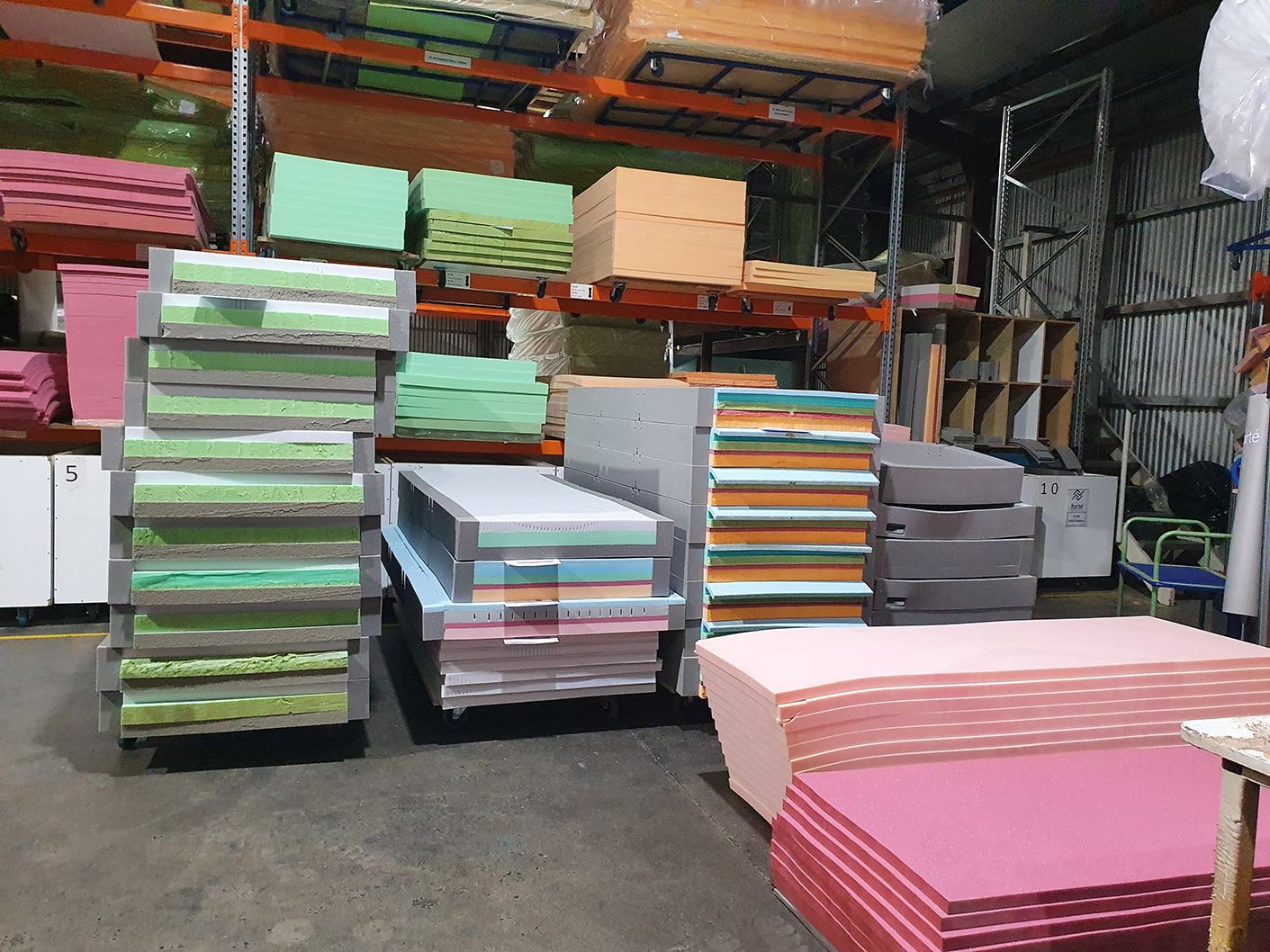

You’re Covered by Forté Healthcare’s ‘Successful Solution Guarantee’
At Forté Healthcare, we are so confident in the care and performance our support surfaces deliver, that we back our products and expertise with our ‘Successful Solution Guarantee’.
Here’s how it works:
Our team of specialists will help you navigate our product range to correctly match our support surfaces with your care environment and patient risk profile. This ensures you achieve the highest levels of patient care and pressure injury prevention.
If, for whatever reason the product we recommend isn’t helping you achieve the outcome you expected, we’ll work with you until it is. And in the unlikely event we still cannot provide the right solution.
We’ll refund you 100% of the charges to date.

Hear what Health Professionals say About Forté Healthcare Mattresses…







